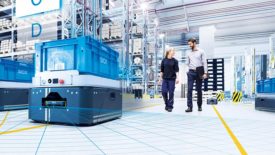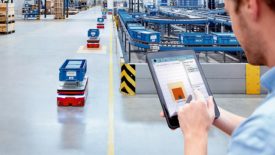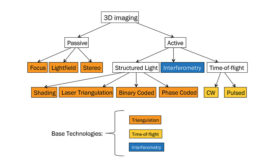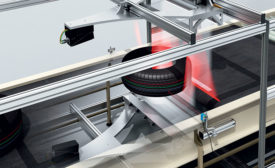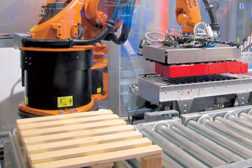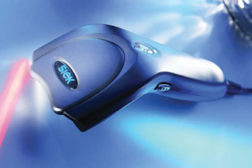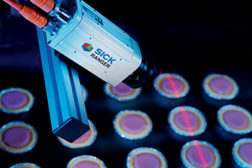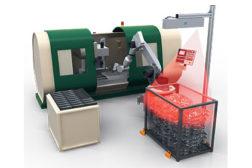Articles by Jim Anderson
Vision & Sensors | Machine Vision 101
Effective robot guidance requires specific machine vision sensors and techniques.
Read More
Vision & Sensors | Robotics
The Rise of Smarter Robots
Using a high-quality 3D camera, the robot can locate the part, regardless of orientation, and provide pick coordinates to the robot.
March 1, 2022
A Closer Look at 3D Imaging
Capturing the third dimension can be done in many different ways, and each of the machine vision technologies available has its pros and cons.
September 1, 2016
The High-Speed Trend
Automating Manufacturing Processes with High-speed 3D vision improves quality and drives down costs.
March 1, 2016
Select the Best Identification Technology
THE BASIC AIM IS TO DETERMINE WHAT LEVEL OF AUTOMATION NEEDS TO BE ACHIEVED.
March 3, 2015
A New Vision for Vision Guided Robotics
Growing acceptance changes manufacturing processes.
December 10, 2013
Vision & Sensors - Vision Technology
Code Quality
In-line vision-based technology reduces downtime.
July 9, 2013
Vision & Sensors - Cameras
Multiscan and CCD
Camera functionality continues to advance.
July 9, 2013
Vision & Sensors - Smart Cameras
Trends in Vision: Application-specific Integrated Solution Blocks Improve Quality
January 2, 2013
Stay in the know with Quality’s comprehensive coverage of
the manufacturing and metrology industries.
eNewsletter | Website | eMagazine
JOIN TODAY!Copyright ©2025. All Rights Reserved BNP Media.
Design, CMS, Hosting & Web Development :: ePublishing
